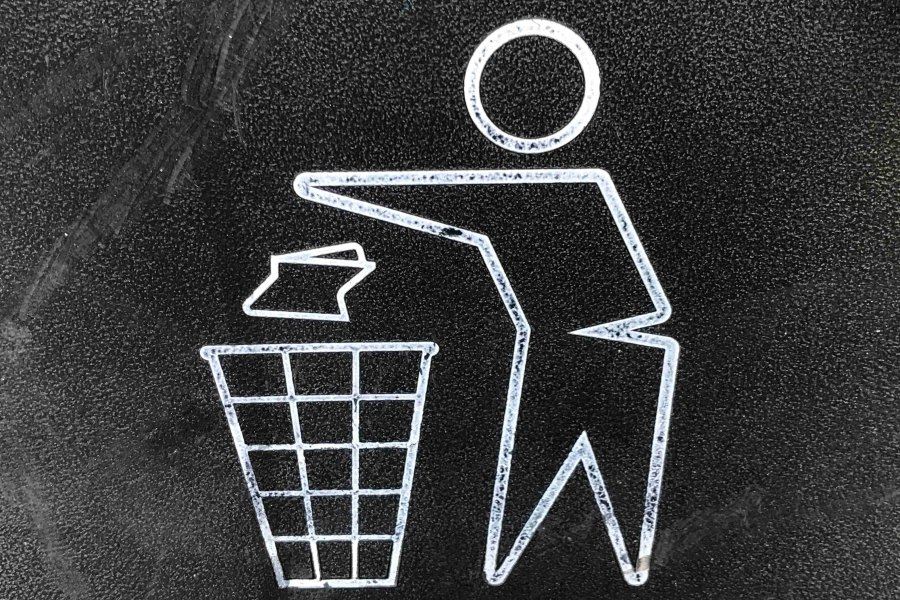
Eons ago, boats, yachts, and ships were merely used for transportation. Now enters the 21st century where water vessels have become venues for extravagant parties and dwelling places. Tranquility, sophistication and extravagance are all terms that can be associated with living on these vessels.
However, knowing how to improve air quality in your houseboat and dispose of waste properly is a must-know, for any owner of such prime property. The last thing you want is to spend $450,000 on a houseboat only for it to turn into an uninhabitable stinking bomb.
Waste on houseboats can be categorized into two categories: waste from the kitchen and waste from the berth. Kitchen wastes include fruit and vegetable peelings, leftover food and packaging. Options like garbage disposals are perfect for houseboat kitchen waste. Bones and coffee grounds are however some of the foods you shouldn't put in the disposal. Waste from the berth includes all waste coming from the bathroom and marine toilets.
Pumping Away From The Boat
The best waste management plan is investing in a garbage disposal unit. Common land waste management schemes include composting and trash collection. These options are however not practical on the water whether you are on a cruising or none cruising houseboat.
The garbage disposal unit is a machine placed between a trap and sink drain, and you can feed it continuously or batch feed it. It uses electricity to grind and shred food wastes to sizes of less than two millimeters. This shredded waste is then released to the plumbing system.
Non-cruising houseboats usually have a water hook up system which brings fresh water from the land and takes out wastes through a sewage line, and cruising boats have a storage tank. Waste released from the plumbing system is directed to this tank where it’s then stored. Some tanks treat the waste and eventually release in disposal designated areas. These same holding tanks also hold waste from the boat's bathroom.
Pumping Stations
Other times, the waste from the plumbing system, remains in the holding tank until the boat reaches a pumping station, where it’s emptied. Tote bags or waste bins of medium size can be used to hold plastic packages, biscuit boxes, food cans, water bottles and the likes until they can be disposed at a pumping station. Just be careful to store these bins in airtight spaces so as to avoid unpleasant odors.
Incineration
Garbage can alternatively be incinerated aboard. The ash produced can then be poured into the ocean (if you’re at sea) as long as all regulations are observed. Wastes like heavy metal, noxious liquids, polychlorinated biphenyls, halogenic pet products and cargo residues are, however, under no circumstances to be incinerated and disposed of in the sea.
Laws That Regulate Offshore Garbage Disposal
A set of laws that govern sea waste disposal have been set by the Annex V of MARPOL to prevent sea and ocean pollution. To start off, all vessels of length 40 plus feet, and which carry 15 or more people, need a garbage record book and a waste management plan in writing according to Title CFR 151/155.
Waste disposal should be done at least 12 miles offshore. However, floating wastes like packaging materials, dunnage and lining should be disposed of 25 miles offshore. According to 33 CFR 159, water vessels need to have a US Coast Guard-certified marine sanitation device. These come in types I, II, and III. Boats longer than 65 feet can only use Type I and II MSDs which hold and treatment waste through laceration, chlorination and aerobic digestion, before discharging it. Type III MSDs have a portable toilet or holding tank. Discharging oil, or any oil based product that will cause emulsions or form films in the sea is forbidden.
While garbage can legally be discharged 12 nautical miles offshore, it has to be finely shredded. There are also stipulated no discharge zones. For example, the Baltic and the Mediterranean Sea. Other tips to help manage garbage on a houseboat include removing packaging before boarding the boat and using ziplock bags or other reusable packaging options.